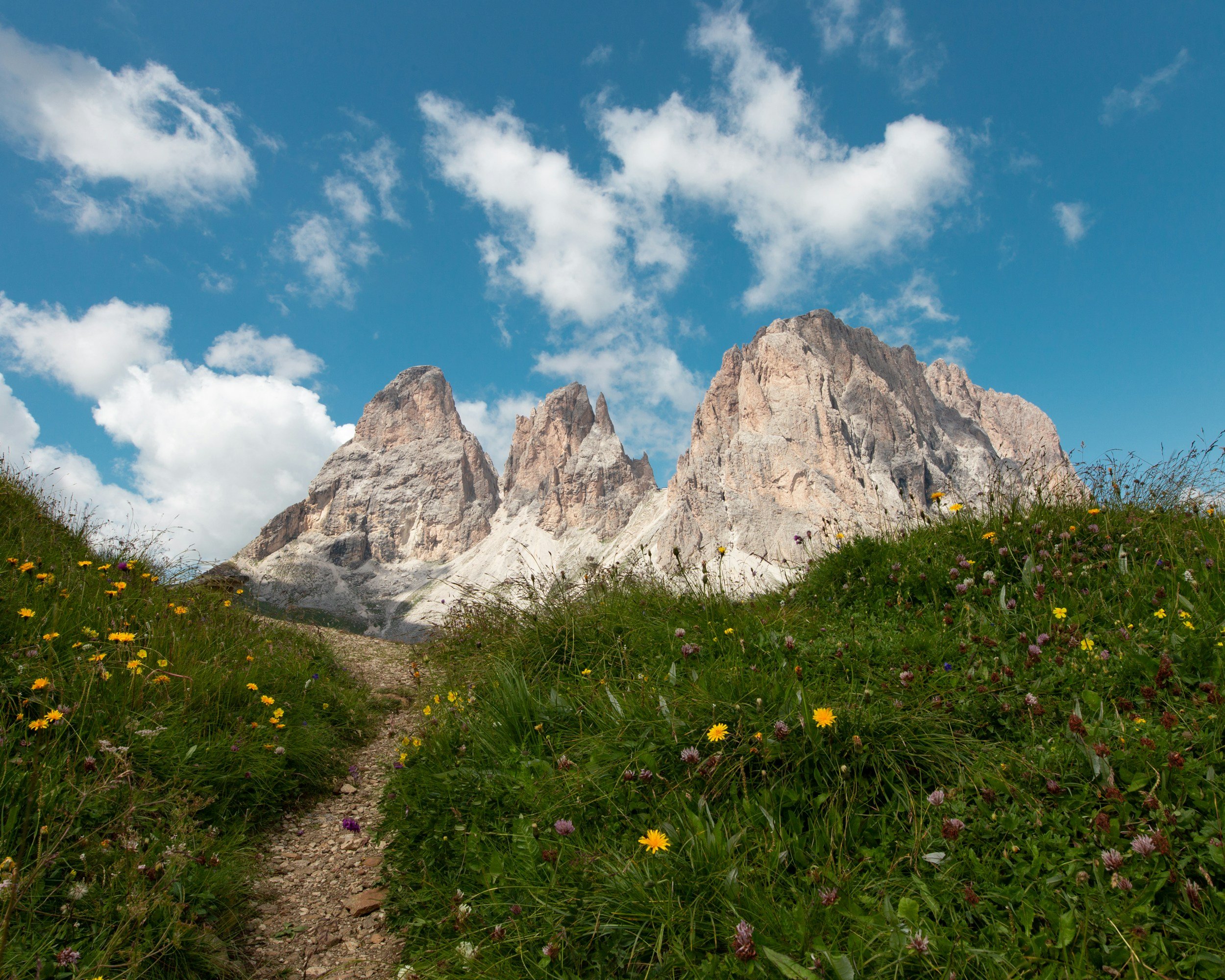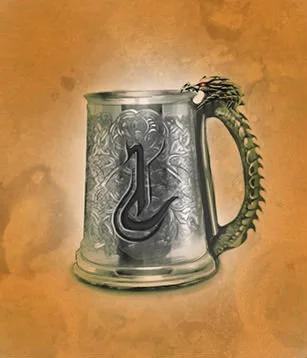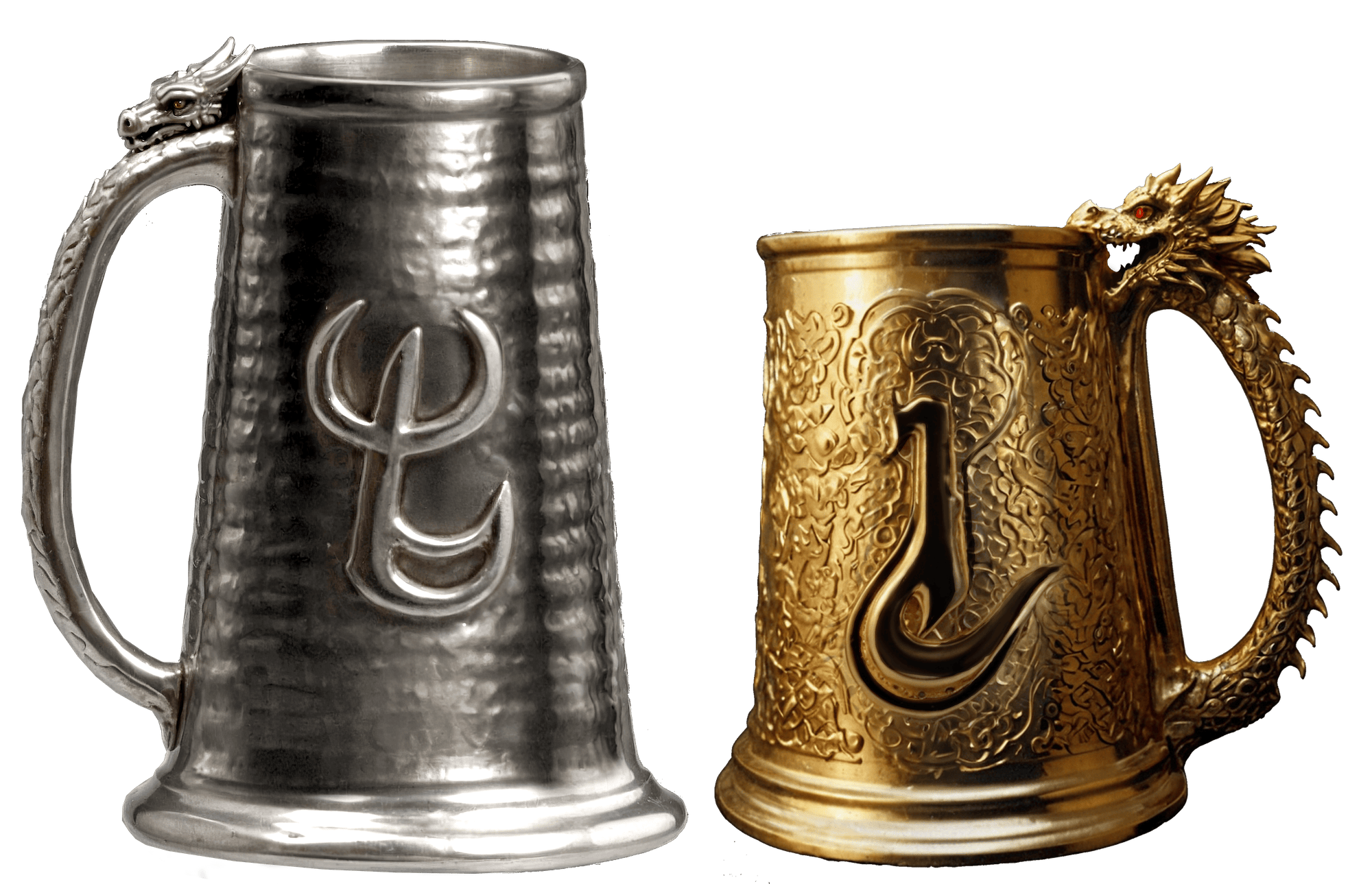
Author of The Lorgámon Chronicles

AVAILABLE NOW: Quest of the Snowdragon Brothers
AVAILABLE NOW: Quest of the Snowdragon Brothers
The third installment of The Lorgámon Chronicles
Quest of the Snowdragon Brothers
At his first Winter Gathering, Lorgi dares to confront the Council of Elders. They say the dreaded tierdragons are all gone. Yet Lorgi knows four still haunt the world and grow stronger every day.
Unheard of for the snowdragons, he adopts Yómgolin as his big brother. A naïve adolescent, Yómgolin is about to embark on his coming of age quest, when Lorgi insists on tagging along to help him succeed.
What begins as a simple journey suddenly becomes a life-and-death quest, when the brothers must defeat an army of man-eating vorgurts, then four of the most powerful tierdragons that ever lived, and overthrow an evil human king.
On a continent trying to tear itself apart,
one snowdragon vows to see good triumph…
In these ever-warring realms, humans and dragons do not mix. People believe destiny is in the hands of deranged kings, wicked sorcerers, man-eating monsters, or mercurial gods. Refusing to accept prophecy, tradition, or the power structure of his world, a child snowdragon named Lorgi chooses instead to believe in himself, and the power of good to overthrow evil. On his journeys, he encounters a wide variety of human cultures, a host of clever forest creatures, and seven very distinct types of dragons—some good and some bad.
The Lorgámon Chronicles
What the Readers Say
Reader’s Guide
Maps, culture, music, etc.
Gordon Lazarus, Fantasy Author
About the Author
Gordon Lazarus has always worked as a musician and teacher in Los Angeles. He enjoys good food, clean humor, experiencing all the arts, and above all, a good story.
His snowdragons (Álukois) were inspired by strong coffee, good wine, Big Foot, and “Nessie” (the Loch Ness Monster)–not by dragon stereotypes in film or literature.
When opportunity presents, he loves to leave the “Franticopolis” of L.A. for calmer, saner realms.

Join the Club!











